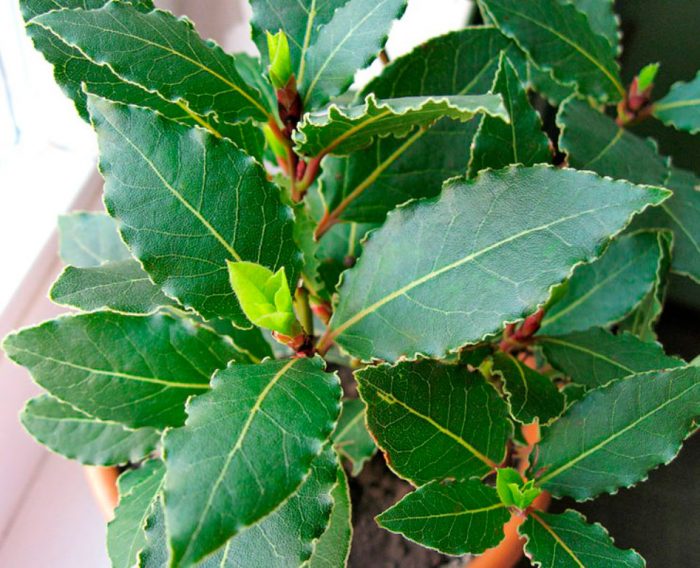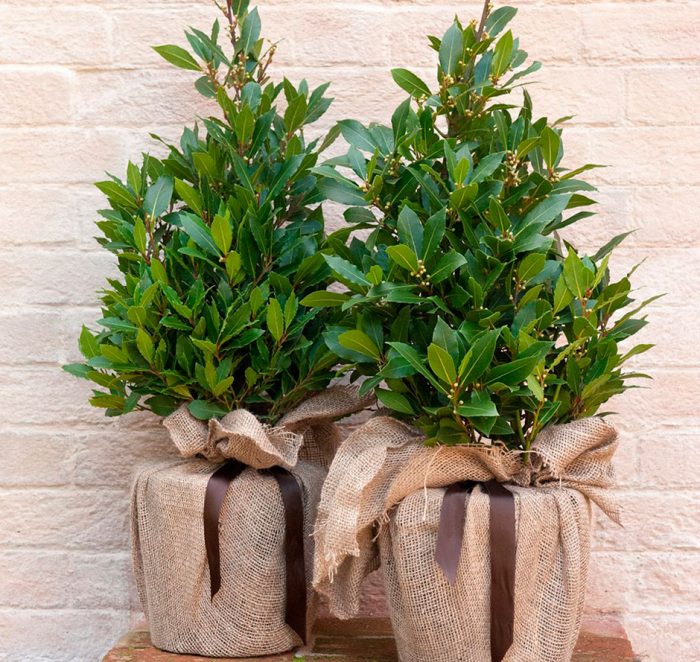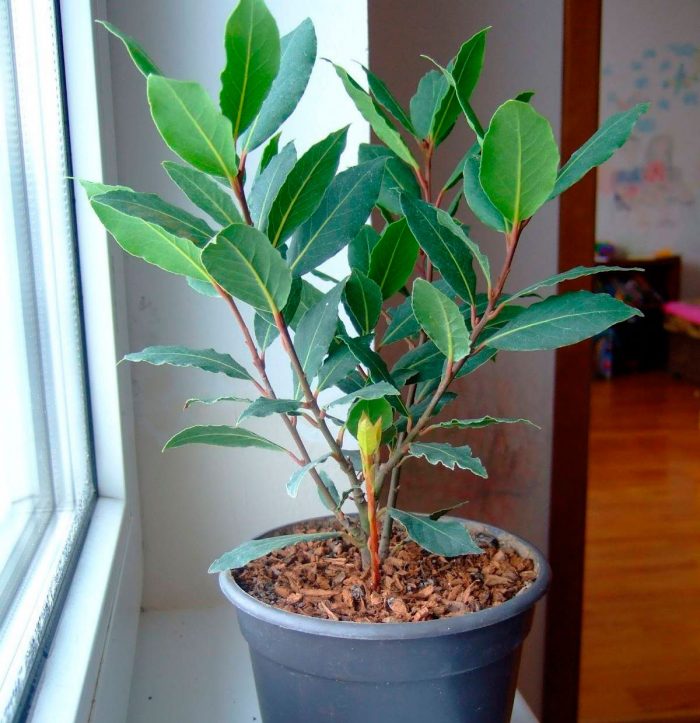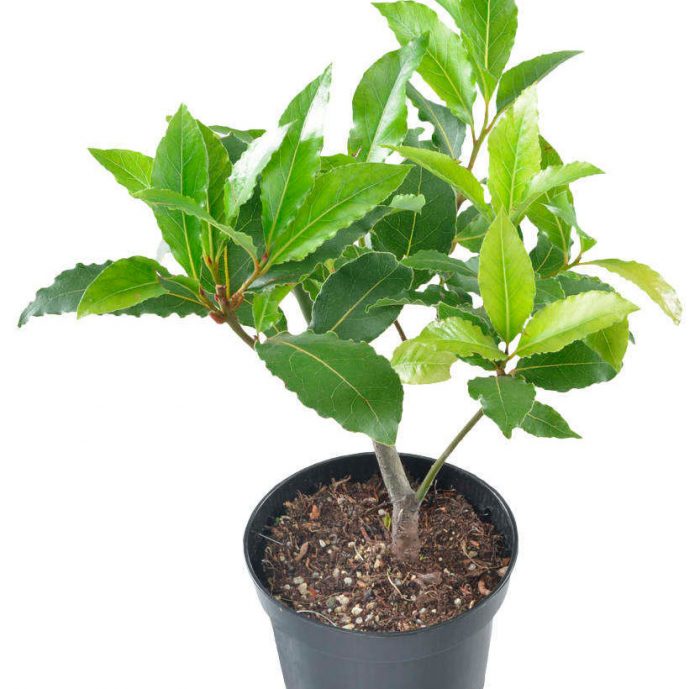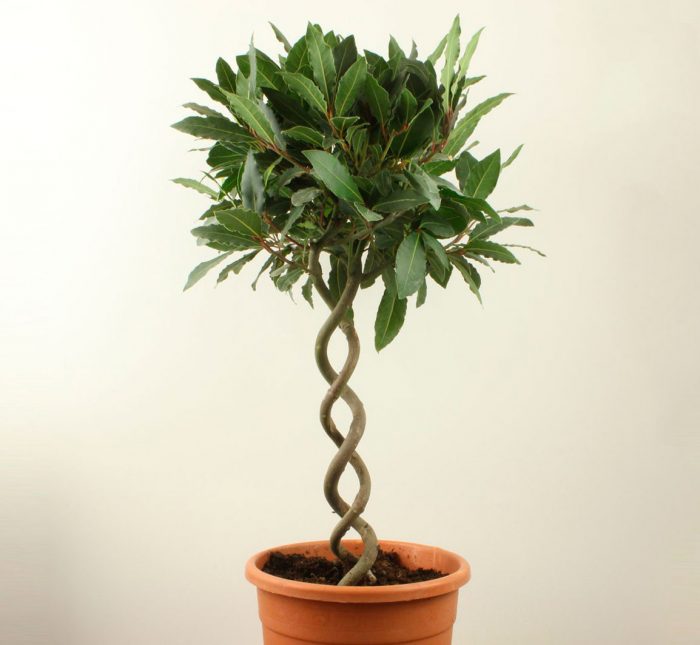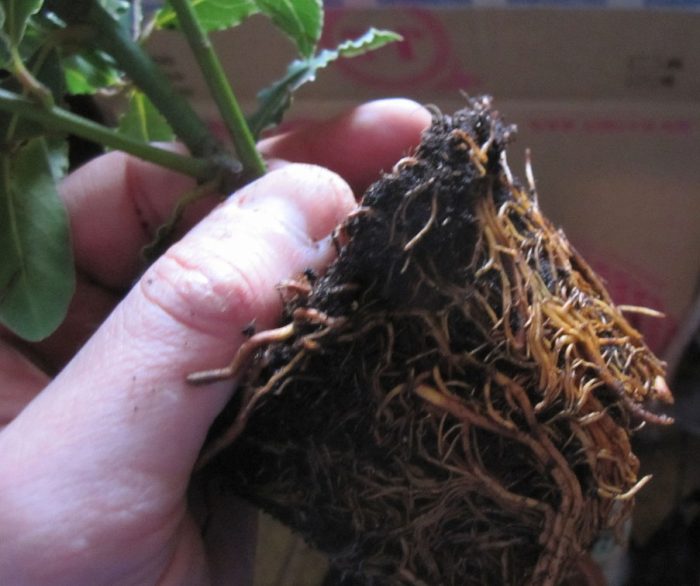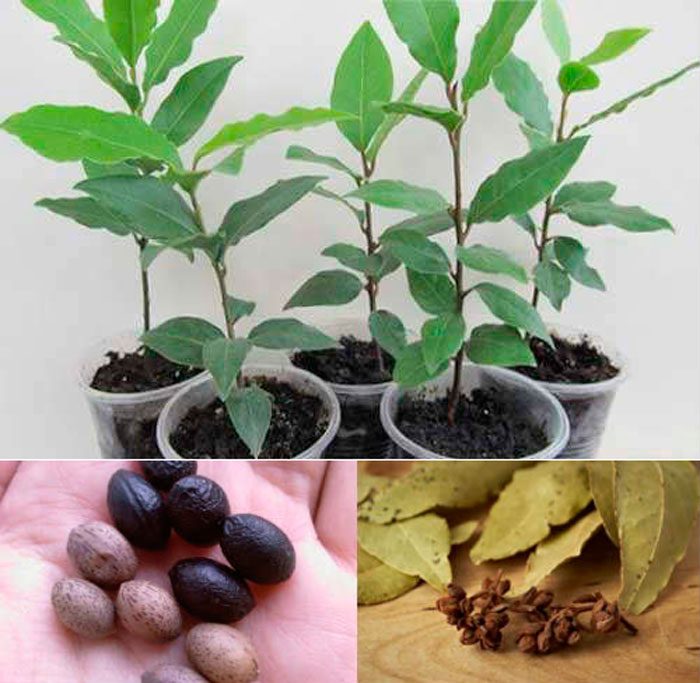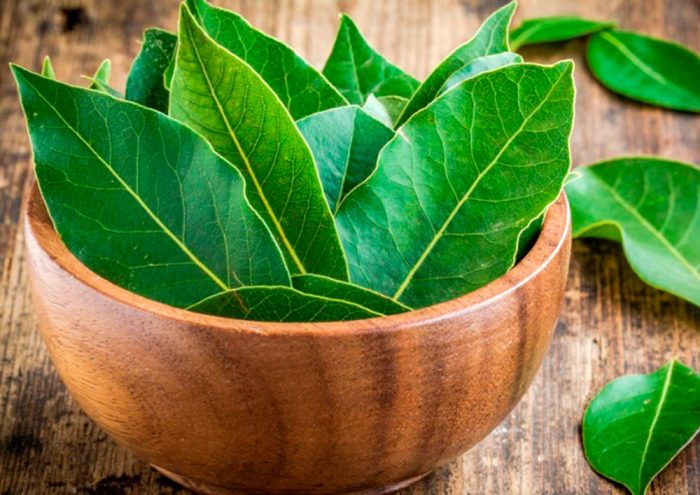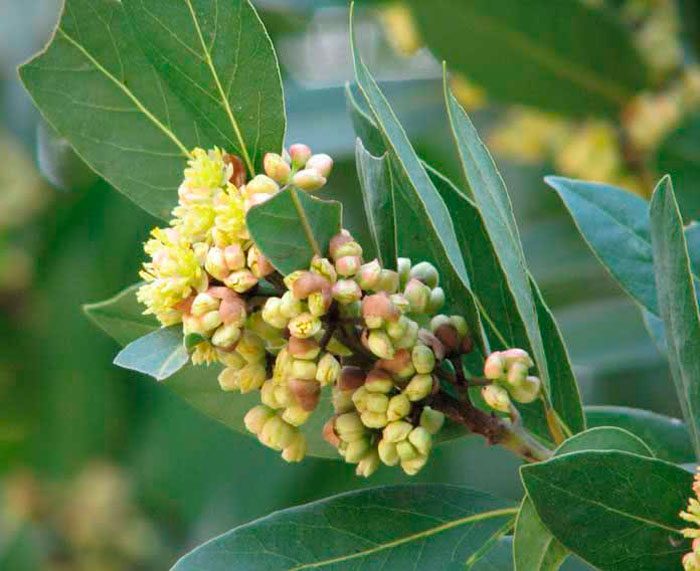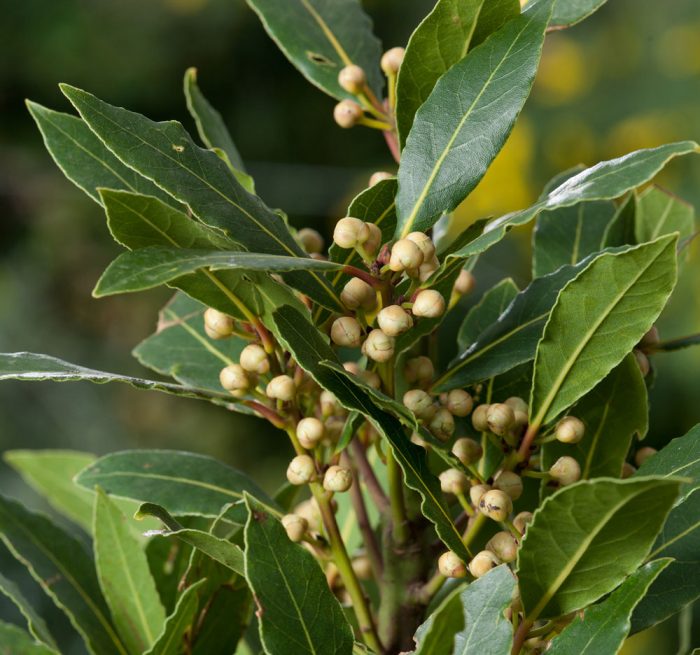The laurel plant (Laurus) is a member of the Laurel family. This genus unites only two species. They are found naturally in the Mediterranean region and the Canary Islands. In today's English taxonomy, there are about 40 species of laurel.
Content
Features of laurel
Laurel is an evergreen tree or shrub. Simple sheet plates that are leathery to the touch have a solid, slightly wavy edge. During flowering, axillary umbellate inflorescences are formed. If young bushes are well cared for, then they will grow and develop normally in the heat with low humidity. However, it is highly undesirable to grow an adult plant in such conditions.
Brief description of cultivation
- Bloom... Laurel is grown as an ornamental deciduous plant.
- Illumination... Needs lots of bright light.
- Temperature regime... During the spring-summer period - from 20 to 26 degrees, and in the fall - from 12 to 15 degrees.
- Watering... During the growing season it is necessary to water abundantly and systematically, do this immediately after drying the top layer of the soil mixture in the pot. On hot days, watering is carried out twice a day. With the onset of autumn, watering is reduced, while in the winter it should be rare and scarce, but it is impossible to allow the clod of earth in a pot to dry out.
- Air humidity... It should be elevated. In the heat, the bush is systematically moistened from a spray bottle, and wet expanded clay is poured into the pan.
- Fertilizer... During the growing season, feeding is carried out every 4 weeks, using a mineral complex fertilizer for this. In winter, fertilizer is not applied to the soil mixture.
- Dormant period... Observed in October – March.
- Transfer... Young bushes are transplanted once every couple of years, and adults - once every 3 or 4 years.
- Soil mixture... It should include sand, peat, turf, humus and leafy soil (1: 1: 1: 2: 2).
- Pruning... The bush is cut in mid-August.
- Reproduction... By cuttings and seed method.
- Harmful insects... Scabbards, spider mites and mealybugs.
- Diseases... A sooty mushroom.
- Properties... Laurel has medicinal properties, and it is also widely used as a spice.
Laurel care at home
Illumination
Laurel needs a lot of bright light, while the direct rays of the sun do not harm it. Therefore, it is recommended to grow it on a south-facing window. If possible, in the warm season, the bush can be taken outside. Despite the fact that it perfectly tolerates the direct rays of the sun, a newly purchased plant, or after wintering, must be accustomed to bright light gradually, otherwise sunburn may appear on the surface of the foliage. In winter, the bush is transferred to a cool, but well-lit place.
Temperature regime
In the warm season, the following air temperature is recommended for the laurel - from 20 to 26 degrees. With the onset of autumn weeks, the temperature in the room is gradually reduced. And in winter, in order for the plant to suffer as little as possible, the temperature in the room should be from 12 to 15 degrees.
Watering
In the spring and summer, the bush should be watered abundantly, using soft water for this. The soil mixture in the pot is moistened immediately after its top layer dries. If the room is too hot, then watering can be done twice a day. With the onset of autumn, watering is reduced, and in the winter months it is carried out only when two or three days have passed since the top layer of the substrate dries out.
Spraying
Laurel grows normally and develops only with high air humidity, in this regard, it must be regularly moistened with a spray bottle with well-settled water. And experts also advise, pour wet peat or expanded clay into the pallet and put a pot on it, but at the same time its bottom should not come into contact with the liquid.
Fertilizer
During active growth, homemade laurel should be fed with mineral fertilizers once every four weeks.
Pruning
Laurel tolerates pruning well, so it can be done regularly. During this procedure, the bush can be given any shape that you like best. Pruning is carried out only when the intensive growth of the bush stops, as a rule, this time falls in mid-August. The eyes remaining on the plant after cutting will develop well before the onset of winter, and in spring, after the beginning of the growing season, they will give young shoots.
If pruning is done in spring, then the strong eyes at the top should be cut off. And from the remaining weaker eyes, the increase will not be very large.
Laurel transplant
Laurel is one of the slow-growing plants. Therefore, its transplant is carried out only if necessary, after the root system becomes very cramped in the pot. As a rule, young bushes are transplanted 1 time in 2 years, and adults - 1 time in 3 or 4 years. A soil mixture suitable for transplantation should consist of peat, sand, humus, sod and leafy soil (1: 1: 2: 1: 2). Please note that the mixture of earth must be slightly alkaline or neutral.
Laurel grows well at home and develops in small pots, so for transplanting you need to use a container that is only 20 mm larger in diameter than the old one. When transplanting an adult bush, the size of the tub is increased by no more than 50 mm. A good drainage layer must be made at the bottom of the container.
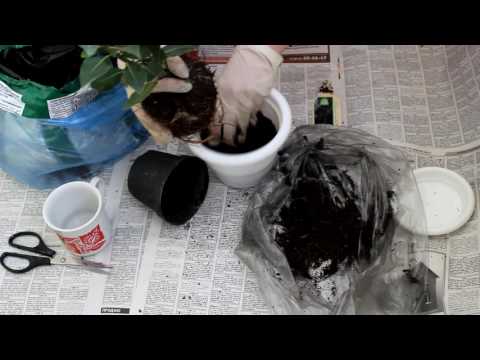

Watch this video on YouTube
Diseases and pests
If the humidity level in the room is too low, this can cause yellowing and folding of the sheet plates. In this case, take all necessary measures to increase the humidity.
Of the pests, mealybugs, scale insects and spider mites most often settle on the bush.
Reproduction of laurel
Growing from seeds
Sowing laurel seeds is carried out in spring, for this use bowls, pots or boxes filled with an earth mixture consisting of sand, sod and leafy soil (1: 2: 2). During sowing, make sure that the substrate temperature is at least 18 degrees.
When 1-2 true leaf plates are formed on the seedlings that have appeared, a dive is carried out into a larger box filled with the same soil mixture, while keeping a distance of at least 20 mm between the bushes. Fortified seedlings are planted in separate pots, reaching 70 mm in diameter, while using a soil mixture consisting of sand, leaf, turf and peat soil (1: 2: 4: 1).
Young bushes should be grown in a well-lit cool (10-12 degrees) place, while they should be watered and moistened in a timely manner from a spray bottle.
Cuttings
Laurel cuttings are harvested either in April or in the first summer weeks. Good cuttings should not be lignified, reach about 80 mm in length, and also have two or three internodes. Pour a layer of soddy soil 30–40 mm thick at the bottom of the container, and cover it with sand (20–30 mm thick). Shorten the sheet plates available on them and burrow into the substrate by 15 mm, while the distance between them should be about 10 centimeters. Rooting of cuttings will take about 1 month, at which time the air temperature in the room should be between 16 and 20 degrees. Rooted cuttings must be planted in separate pots, reaching 70 mm in diameter, and the soil mixture and care are provided for them the same as when growing laurel from seeds.


Watch this video on YouTube
The healing properties of laurel
Laurel foliage is widely used as a spice and also has a stimulating effect. Laurel leaf is recommended for colic and hysteria, and it also stimulates the removal of excess fluid from the body. And the fruits and foliage are used for flatulence. In alternative medicine, in the presence of localized tumors, the extract of any part of laurel is used as an anticancer agent. These extracts are also used for facial skin care. Laurel oil is added to the ointments used for rheumatism.
The dried foliage is used to make a tincture. To do this, crushed leaf plates are poured with forty or seventy percent alcohol in a 1: 5 ratio. Seal the bottle tightly and leave it at room temperature for 7 days. The strained agent is poured into a bottle and stored in a cool and warm place.
In November-December, foliage contains the largest amount of essential oils. Therefore, during this period, experts advise collecting leaves, which are then used in cooking. Shrubs that are 4–5 years old are suitable for collecting foliage.
The main types of laurel
Azores laurel (Laurus azorica), or Canary laurel (Laurus canariensis)
In nature, the species is found on the island of Madeira, and also on the Canary and Azores islands in the lower part of the mountains. The height of the trees is about 15 meters, there is pubescence on the surface of their stems. The length of the greenish ovoid leaf plates is about 12 centimeters, and their width is no more than 6 centimeters. During flowering, several umbrella-shaped inflorescences, consisting of yellowish flowers, grow from the leaf sinuses. Flowering is observed in the second half of spring.
Laurel noble (Laurus nobilis)
In natural conditions, such a plant can be found in the west of the Transcaucasus, and also in the Mediterranean at an altitude of 300 meters above sea level. The height of the bush varies from 4 to 8 meters. The shoots are naked, they grow leathery to the touch, simple leaf plates that have a lanceolate shape, their length is about 20 centimeters, and their width is up to 8 centimeters. The foliage is short-peaked. One or two umbrellas grow from each leaf sinus, which consists of yellow flowers. There are several forms that differ in the shape and size of the foliage. Flowering is observed in the second half of the spring.


Watch this video on YouTube

